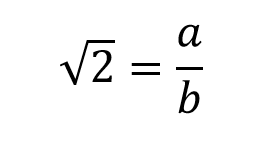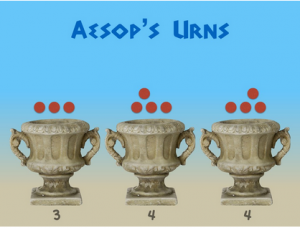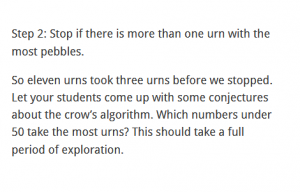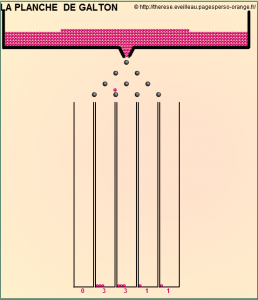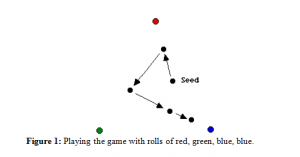The possibilities are:
(Wins, draws, goals)
Rudolphs: (0, 0, 8) or (0, 1, 3)
Comets: (0, 0, 14) or (0, 1, 9) or (0, 2, 4) or (1, 0, 4)
Vixens: (0, 0, 9) or (0, 1, 4)
If there were 3 games, then there would be 30 points
for wins and draws, leaving just 1 point for goals,
so that is not possible, since each team scored in each game.
Thus, there were only 2 games,
yielding 20 points for wins and draws, 11 for goals,
which reduces the possibilities to
Rudolphs: (0, 1, 3)
Comets: (0, 2, 4) or (1, 0, 4)
Vixens: (0, 1, 4)
Rudolphs had a draw (and maybe a loss).
Comets had 2 draws or a win and no other match.
Vixens had a draw (and maybe a loss)
If Comets had 2 draws, then both games were draws,
but that is not possible since total goals was 11, which is odd.
So Comets had a win against one of the others,
and the other game was a draw between the Rudolphs and the Vixens.
The score of Rudolphs-Vixens draw then was either 1-1, 2-2, or 3-3
Since Vixens scored more goals than Rudolphs, they
are the ones who lost to Comets, and Rudolphs, only playing once,
scored all 3 goals in that game, equalling Vixens.
Comets scored all 4 of their goals in their only game, where
Vixens scored one additional goal.
The results were:
Comets 4, Vixens 1
Rudolphs 3, Vixens 3
